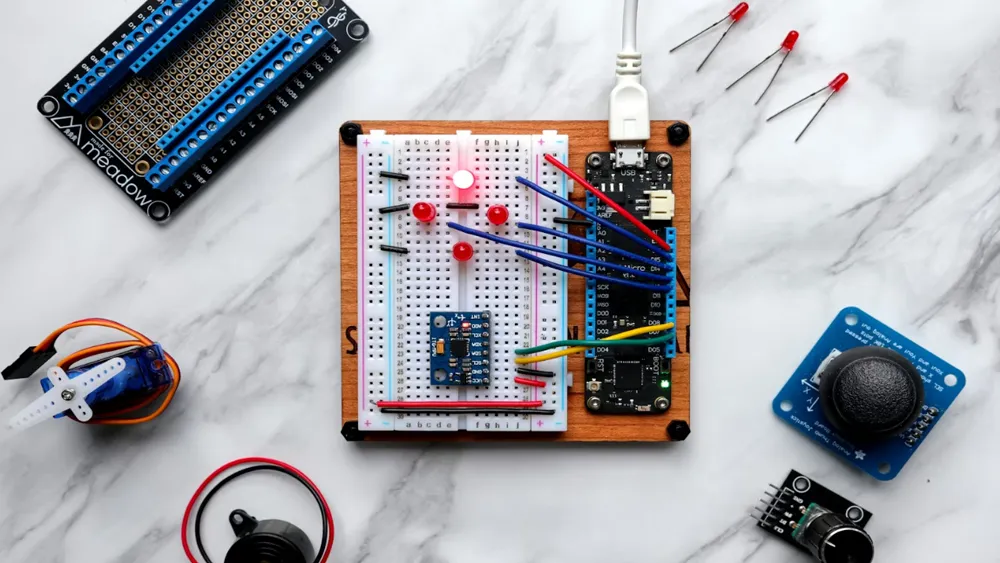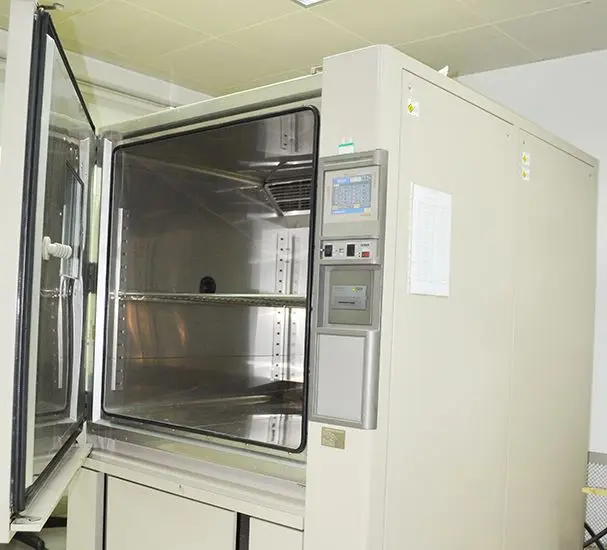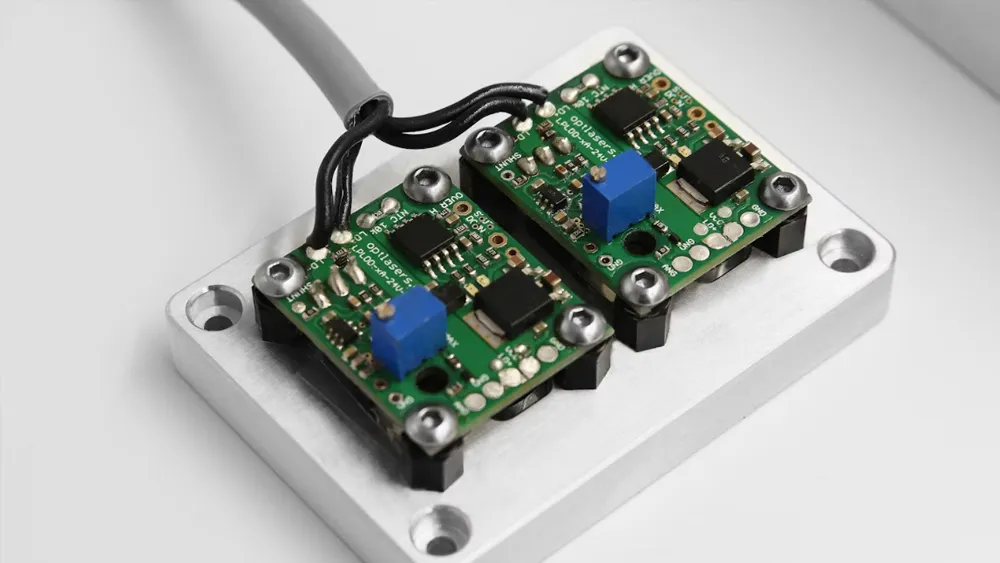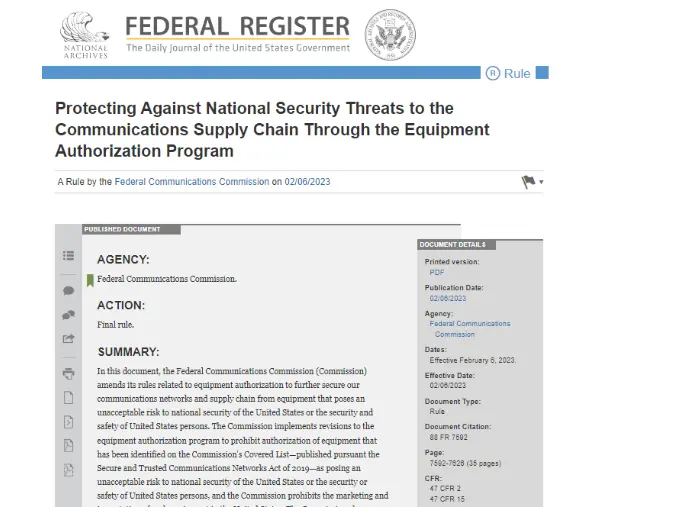
Optical Module UL 62368-1 Certification
What is an Optical ModULe?
An optical module is an optoelectronic device that performs optical-to-electrical and electrical-to-optical signal conversion. The transmitting end of the optical module converts electrical signals into optical signals, while the receiving end converts optical signals back into electrical signals.
Optical modules can be classified according to their packaging types. Common types include SFP, SFP+, SFF, and Gigabit Ethernet Interface Converters (GBIC), among others.
An optical module consists of optoelectronic devices, functional circuits, and optical interfaces. The optoelectronic devices include both transmitter and receiver components.
In simple terms, the function of an optical module is to convert electrical signals to optical signals at the transmitting end, transmit them through optical fibers, and then convert the optical signals back to electrical signals at the receiving end.
Optical Module UL certification
An optical module is composed of optoelectronic devices, functional circuits, and optical interfaces. The optoelectronic devices include transmitter and receiver parts.
Simply put, the optical module performs optical-electrical conversion: the transmitting end converts electrical signals into optical signals, transmits them through optical fiber, and the receiving end converts optical signals back into electrical signals.
For optical modules exported to the United States, ul 62368 certification is requiRED. Below is an introduction to the ul 62368 testing items, required documentation, and the certification process for optical modules:
1. UL 62368 Testing Items for Optical Modules
1. Input/Output Testing
2. Leakage Current Measurement (Leakage current from enclosure measurement)
3. Electric Shock Risk (Risk of Electric Shock)
4. Normal and Abnormal Temperature Rise Testing
5. Fault Condition Tests — Class P (Electronic Ballasts)
6. Dielectric Voltage Withstand Test
7. Drop Test
8. Strain Relief Test
9. Mold Stress Test (Enclosure Stress Test)
10. Humidity Test
2. Required Documentation
1. Product Application Form
2. Product Manual
3. Circuit Schematics
4. PCB Layout Drawings
5. Bill of Materials (BOM)
6. Product Mechanical Dimension Drawings
7. FDA CDRH Report
3. Certification Process and Cooperation Steps
1. Fill out the application form
2. Initiate the quotation process
3. Confirm the quotation and sign the contract
4. Make payment and open the case; cooperate with the Chinese JJR laboratory to sign back the agreement at case opening
5. Provide samples and documentation
6. Begin testing and assist customers in organizing product information
7. Close the case and issue the certification
Email:hello@jjrlab.com
Write your message here and send it to us
 What are ASTM F963 and CPSIA?
What are ASTM F963 and CPSIA?
 Comparison of ASTM F963 and EN 71
Comparison of ASTM F963 and EN 71
 How to get CSA C22.2 NO.256:14 Test Report?
How to get CSA C22.2 NO.256:14 Test Report?
 How much is the ISTA Amazon Packaging & Shippi
How much is the ISTA Amazon Packaging & Shippi
 Amazon Product Laboratory Testing Requirements
Amazon Product Laboratory Testing Requirements
 How to Get EPA Certificatio
How to Get EPA Certificatio
 What is EPA Certification in the United States?
What is EPA Certification in the United States?
 What is an FCC Registered Agent?
What is an FCC Registered Agent?
Leave us a message
24-hour online customer service at any time to respond, so that you worry!




